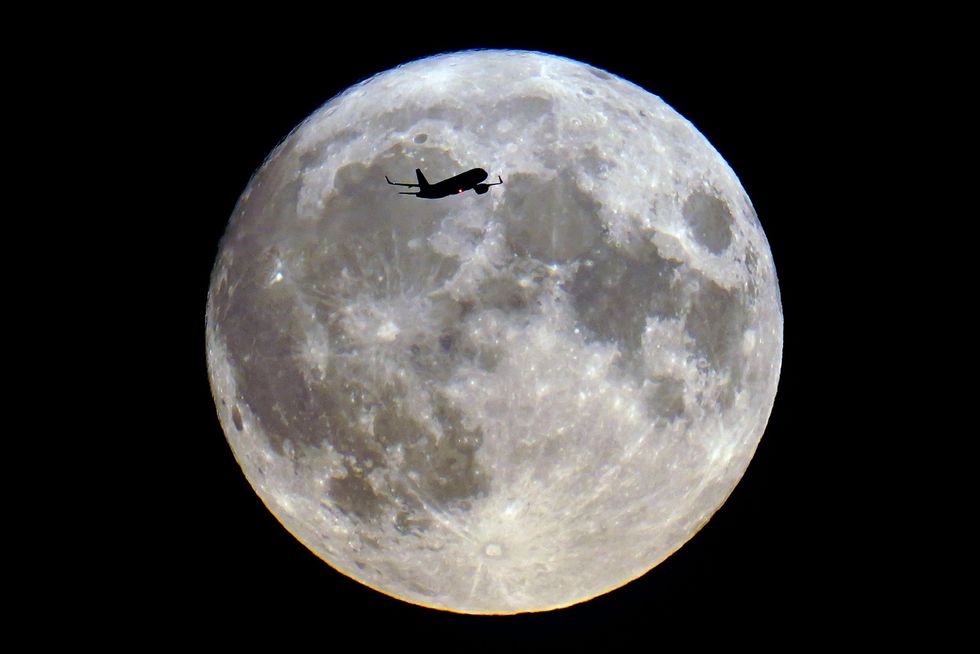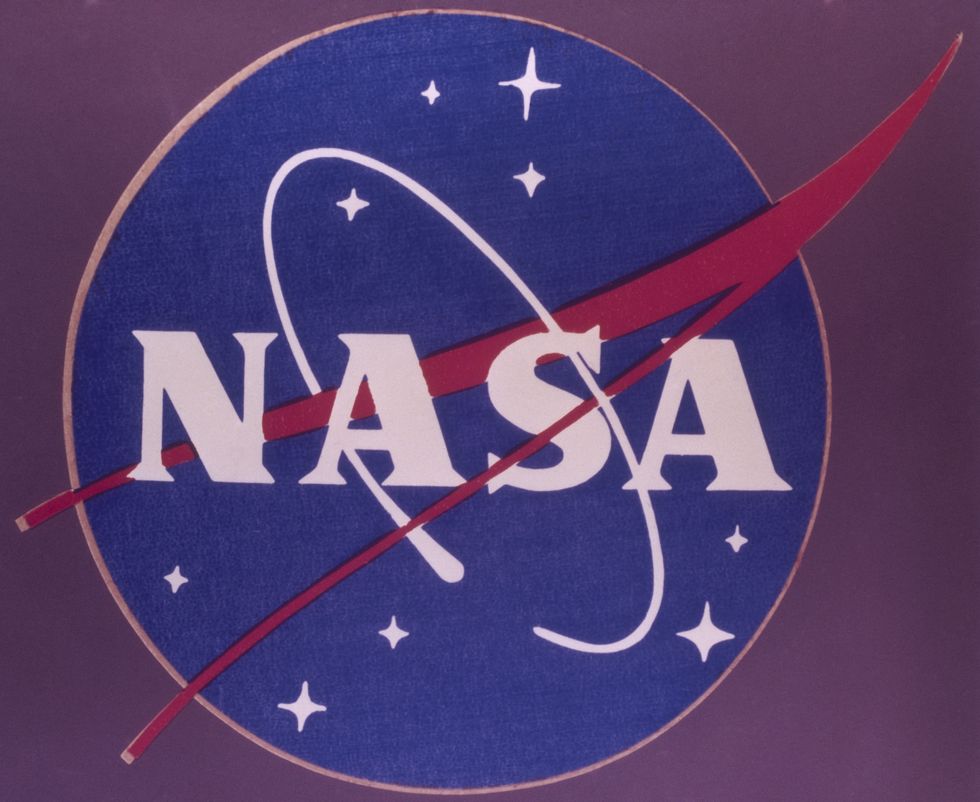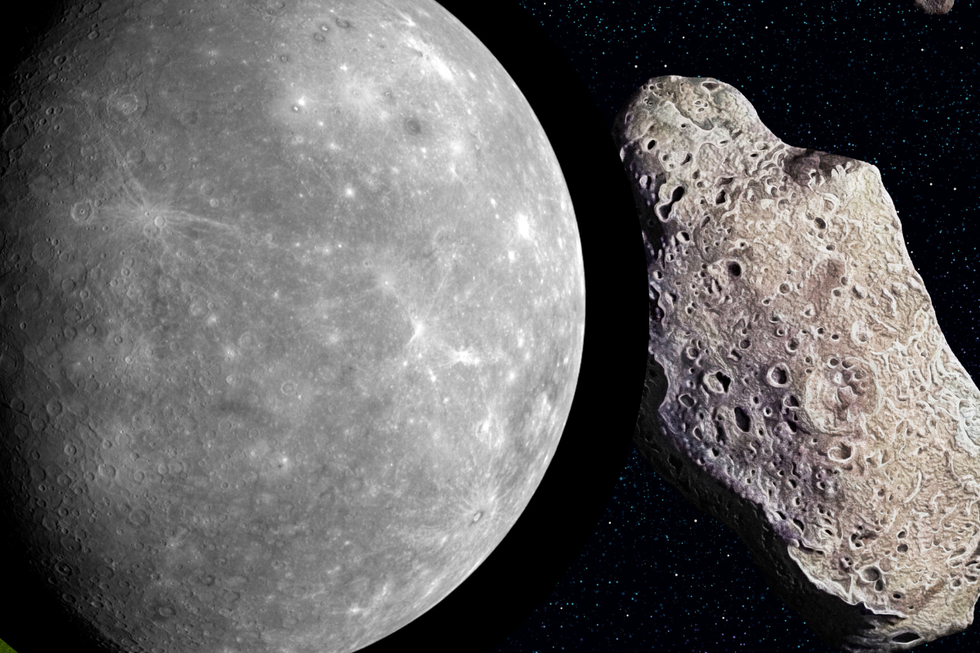Nasa disc carrying information being sent to the moon
GB News
Scientists believe that the asteroid, known as 2024 PT5, broke off from our moon after another space rock crashed into it
Don't Miss
Most Read
Trending on GB News
A "mini-moon" that has been accompanying Earth since September will start to disappear in a matter of hours, not set to return until 2055.
The asteroid, known as 2024 PT5, is currently positioned about two million miles from Earth - approximately nine times the distance to our actual moon.
Scientists believe this school-bus-sized space rock might be a large boulder that broke away from the moon after an ancient asteroid impact.
Though never close enough to be captured by Earth's gravity, the object will make a final close approach of 1.1 million miles in January.

A 'mini-moon' that has been accompanying Earth since September will start to disappear in a matter of hours
PADue to its small size of approximately 33ft wide and considerable distance, the mini-moon has remained invisible to the naked eye.
Only powerful telescopes have been able to track this celestial visitor since its initial discovery.
The asteroid was first spotted through a South African-based telescope belonging to the University of Hawaii in August.
Nasa has been monitoring the asteroid's movement through its trajectory since its discovery.
SPACE LATEST:
- James Webb Telescope uncovers mysterious 'Red Monster' galaxies in early universe
- Space travel breakthrough: Lasers could be key to unlocking 'clean' way to get to Mars
- Nasa left fearing 'catastrophic failure' after leak found on International Space Station

Nasa has definitively determined that 2024 PT5 is not a man-made object
GETTYStudies have confirmed that 2024 PT5 has been acting as Earth's "distant companion" during this period.
Josh Handal, programme analyst for Nasa's planetary defense coordination office, explained the object's likely lunar origins.
"Scientists at Nasa's center for near Earth object studies suspect that the object could be a large chunk of rock ejected from the moon's surface after an asteroid impact long ago," he wrote.
While similar orbits can be associated with old rocket bodies from historical launches, detailed analysis points to a natural origin.
Nasa has definitively determined that 2024 PT5 is not a man-made object, confirming its status as a natural space rock.
The asteroid has been following a distinctive horseshoe-shaped path around Earth for the past two months.

Scientists believe that the asteroid (not pictured) broke off from our moon after another space rock crashed into it
GETTYOnce the sun's gravitational pull takes full effect after Monday, the object will begin picking up speed dramatically.
According to astrophysicist Raul de la Fuente Marcos of Madrid's Complutense University, the asteroid's speed during its January close pass will be at least double what it was in September.
After completing its solar orbit, 2024 PT5 will make another temporary and partial lap around Earth when it returns in 2055.
Nasa will continue monitoring the mini-moon's journey during its farewell pass in January.
The space agency plans to track the asteroid using its Goldstone solar system radar antenna, located in California's Mojave desert.
The tracking operation will span more than a week, allowing scientists to gather detailed data about 2024 PT5 during its final close approach.








